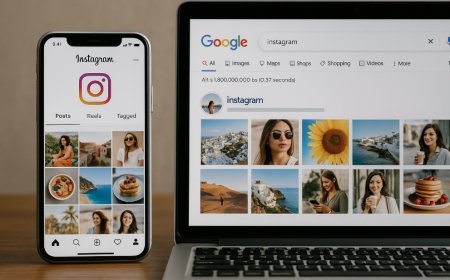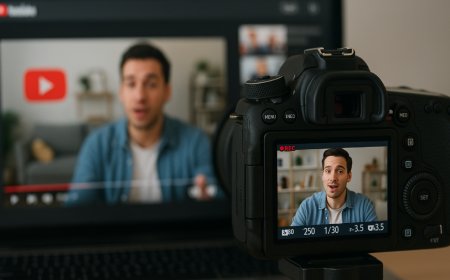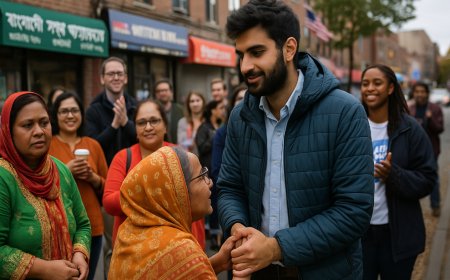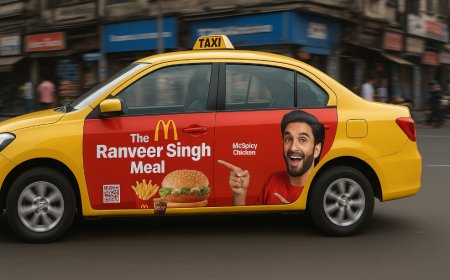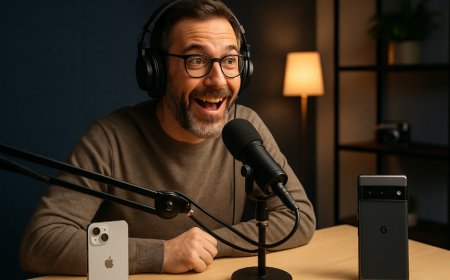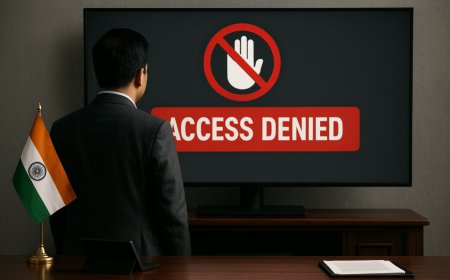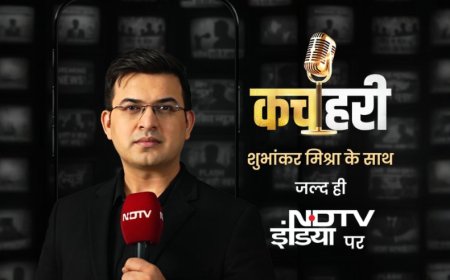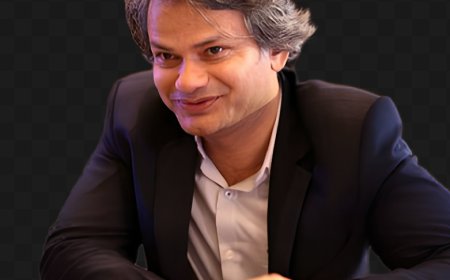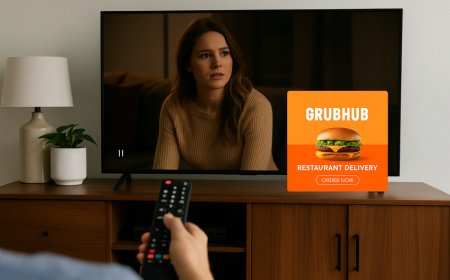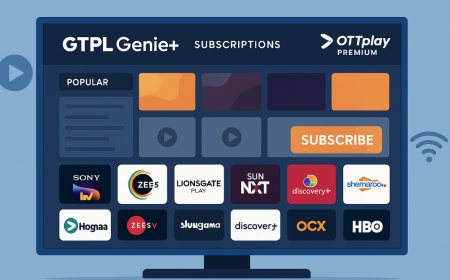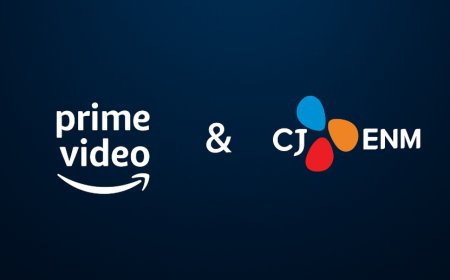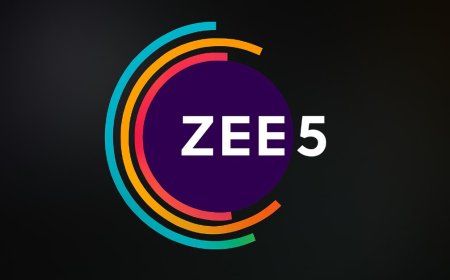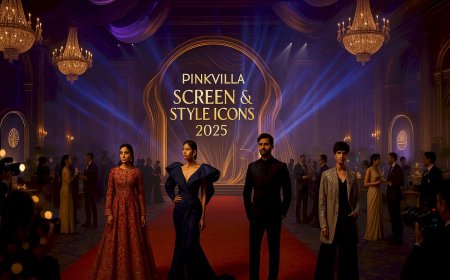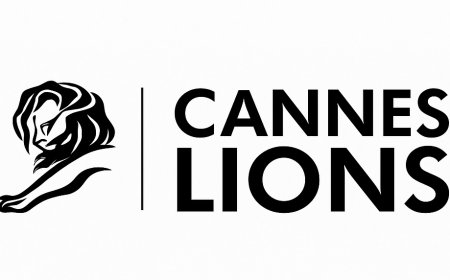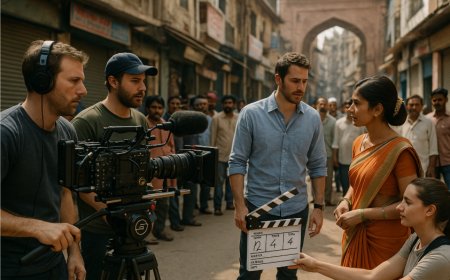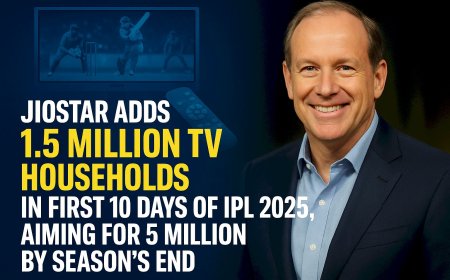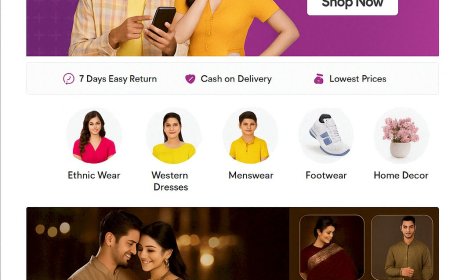Why Linear TV Ads Still Hold Power: Consumer Attention 115% Higher Than Social Media
A recent study shows consumer attentiveness to ads is 115% higher on traditional linear TV compared to social media. Here's what that means for marketers rethinking their ad spend strategies.

Introduction: In the Age of Social Media, TV Still Holds Viewers' Gaze
At a time when digital screens dominate consumer attention, a new study has delivered a surprising insight: ads on traditional linear TV command 115% more attentiveness than those on social platforms.
This data challenges the popular perception that social media is the most impactful advertising space. Despite digital platforms offering reach and targeting, TV still wins when it comes to uninterrupted, focused viewer engagement.
The findings offer critical cues for brands evaluating how and where to allocate their media budgets in 2024.
The Study: What It Measured and Found
Conducted by leading media analytics firms, the study compared viewer behavior across platforms including:
-
Linear TV (traditional scheduled programming)
-
Social media platforms like Instagram, Facebook, YouTube, and TikTok
Using tools such as eye-tracking, facial coding, and attention scoring, the research concluded that:
-
Viewers were 115% more attentive to ads on linear TV
-
Ad recall and emotional response were significantly stronger on TV
-
Social media feeds encouraged skipping, scrolling, or passive exposure
In short, while social platforms may offer volume, TV offers deeper value per impression.
Why TV Captures More Attention
There are several reasons why linear TV still outperforms digital in attention metrics:
1. Lean-Back Viewing Experience
Watching TV is often a focused and passive activity, where viewers are relaxed and more receptive. On social media, users are in scroll mode, where content is fleeting and easily ignored.
2. Screen Dominance
TV ads are full-screen and unskippable in most cases, while social media ads appear as smaller, interruptive formats that are easily dismissed.
3. Less Distraction
When watching TV, people are often with family or relaxing at home, away from competing content. In contrast, social platforms are cluttered with multiple content types, notifications, and messages vying for attention.
4. Audio-Visual Impact
TV offers superior production quality with strong sound, motion, and storytelling—elements that contribute to higher emotional engagement and brand recall.
Implications for Advertisers
So what does this mean for brands?
While digital is essential for performance marketing and niche targeting, the study reinforces TV’s role in:
-
Brand building
-
Mass reach with meaningful impact
-
Trust-driven advertising
-
Cultural relevance during live or event-based programming
In particular, categories such as FMCG, auto, edtech, and financial services can benefit from a hybrid strategy that uses TV for emotional storytelling and social media for real-time engagement.
The ROI of Attention
Modern marketers are no longer just buying media—they're buying consumer attention. And attention is scarce, fragmented, and hard-earned.
TV offers what digital often lacks: an uninterrupted environment. When consumers actually see, hear, and absorb your message, the return on investment is significantly higher, even if the cost per impression appears more expensive upfront.
Brands that value deep engagement over shallow impressions are starting to reallocate budgets accordingly.
TV and Social: Not Either-Or, But When and Why
The smartest marketers aren’t abandoning social—they’re layering it with television. Each platform serves a unique purpose:
-
TV is about scale, trust, and storytelling
-
Social is about conversation, agility, and targeting
Campaigns that perform best often combine both—using TV to plant the seed and social media to amplify and interact.
Conclusion: Attention Is the Real Currency
In a digital-first world where everyone is fighting for eyeballs, linear TV is quietly proving it still has the power to hold them. The latest data shows that if you're looking for real engagement—not just reach—TV is still your best bet.
What's Your Reaction?
 Like
0
Like
0
 Dislike
0
Dislike
0
 Love
0
Love
0
 Funny
0
Funny
0
 Angry
0
Angry
0
 Sad
0
Sad
0
 Wow
0
Wow
0
